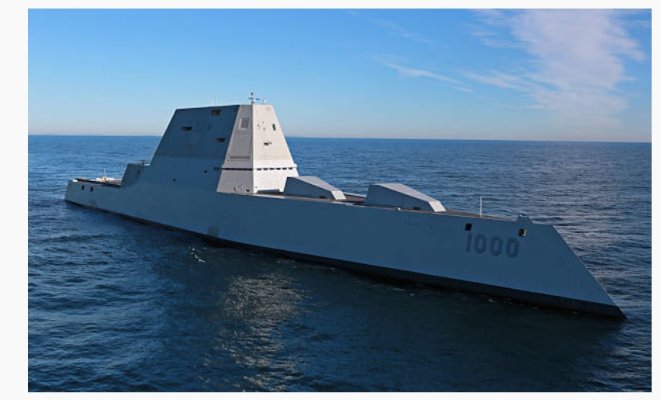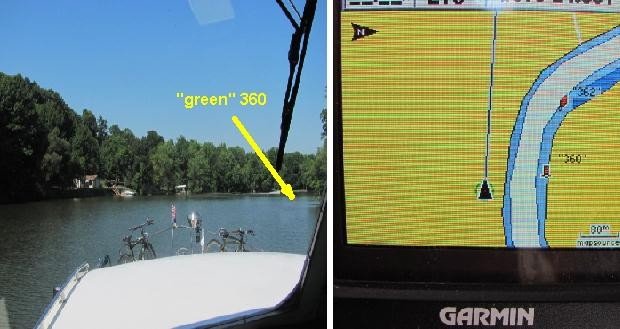You'd be surprised how proficient I am at tweaking radar. And my extensive use of modern marine electronics. They are not a substitute for looking out the window, nor insurance against collision. They are merely another tool - seamanship and collision avoidance isn't a video game.
There are small fishing boats (and yachts) that do not produce a reliable return on a small dome radar, even at fairly close range, even in flat calm conditions. In nasty conditions with rain and sea clutter, even fairly large targets are not identifiable as such. This isn't just me, it is also the conclusion of several CG and MAIB investigations into fatal collisions at sea. See for example the MAIB report on the sinking of the Ouzo, run down by a ro-ro passenger ferry in a moderate sea state. Conclusion was the yacht was invisible on both high power X and S band, operating properly with a vigilant trained and licensed crew. This is one of several such investigations. As a result of these sorts of investigations, on the sailboat I carry an active radar transponder that produces a return on both X and S band similar to a 30,000 ton ship.
I've navigated the length of Down East Maine in heavy fog, about 1/3 of the lobster boats encountered left no radar return ever, or not until very close (when you could hear and see them). Yes I adjusted the knobs. I've similarly done that in anchorages and on passages in broad daylight to see what paints and what does not.
Some lobster boats in Maine were rude in their passing, but at least someone was driving them while they were moving. Twice on the Nova Scotia coast I had to alter course to keep from being run down by 150' steel trawlers. They did not respond to hails, and binoculars confirmed an empty bridge. These were not sport fishermen, and their radar was of little use to them.




